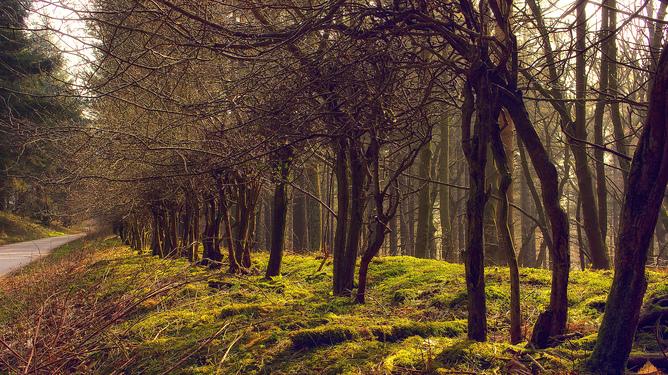Much of the Earth was once cloaked in vast forests, from the subarctic snowforests to the Amazon and Congo basins. As humankind colonised the far corners of our planet, we cleared large areas to harvest wood, make way for farmland, and build towns and cities.
The loss of forest has wrought dramatic consequences for biodiversity and is the primary driver of the global extinction crisis. I work in Borneo where huge expanses of tropical forest are cleared to make way for palm oil plantations. The biological cost is the replacement of some 150 forest bird species with a few tens of farmland species. But forest is also frequently retained inside or at the edges of oil palm plantations, and this is a pattern that is replicated globally.
The problem, according to new research published in Science Advances, is that the vast majority of remaining forests are fragmented. In other words, remaining forests are increasingly isolated from other forests by a sea of transformed lands, and they are found in ever-smaller sized patches. The shockwaves of loss thus extend far beyond the footprint of deforestation.
Accessible Forests

